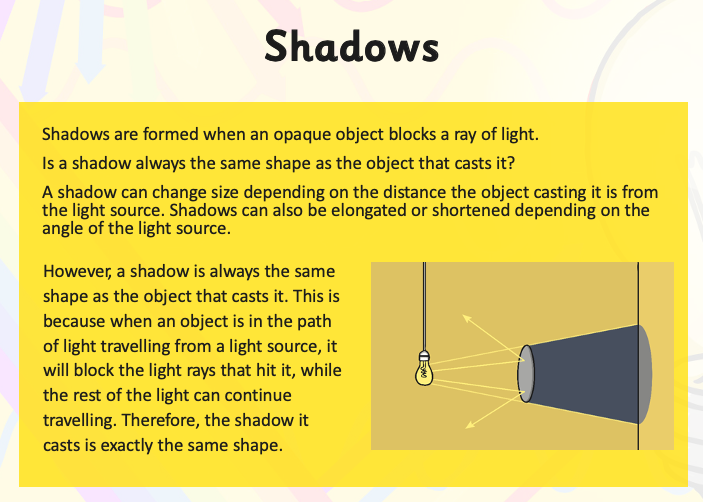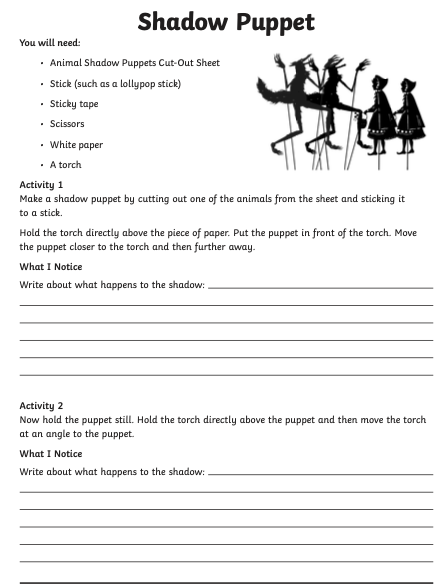Monday 29th June
English L.O: To create similes and to write limericks and clerihews.Activity 1: Ask an adult or older sibling to test you on the new 10 spellings you received on Monday 22nd June and make a record of your score in your home learning books . New spellings for you to be tested on next week can be found below Activity 2: Listen to Chapter 6 AND Chapter 7 of 'Skellig' on the Learning --> Stories page of the website. Activity 3: Answer the following questions in full sentences/ paragraphs:
Try to create similes of your own that will paint a picture in your readers mind by finishing the following sentences:
Activity 4: Click the following link to access today's BBC Bite size lesson: Limericks and Clerihews
Top tips!
Activity 5: Complete the following 'Haiku' activity: Haiku Activity |
MathsYear 5 L.O: To multiply decimals by 10 100 and 1000Activity 1: Watch the demonstration video below for today's lesson.
Follow this link for more information: Multiply Decimals Activity 2: Open the file attached below titled 'Y5 Fluency'. and complete the page of questions. Mark your work once you are finished using the file below titled 'Y5 Maths Fluency (Answers)'. Activity 3 (Extension): Open up the file below titled 'Y5 Challenge' and complete either the Bronze, Silver OR Gold page. Mark your answers using the file below titled 'Y5 Challenge (Answers)'.
Year 6 L.O: To convert metric measurements.Activity 1: Watch the demonstration video below for today's lesson.
Follow this link for more information: Metric Measures Activity 2: Open the following link where you will complete an interactive game on converting metric measures : Interactive Game Activity 3: Activity 2: Open the file attached below titled 'Y6 Fluency'. Answer the questions on both pages. Mark your work once you are finished using the file below titled 'Y6 Maths Fluency (Answers)' Activity 4 (Extension): Open up the file below titled 'Y6 Challenge' and complete either the Bronze, Silver OR Gold page. Mark your answers using the file below titled 'Y6 Challenge (Answers)'.
|
Science L.O.: To explain why shadows have the same shape as the objects that cast them
Activity 1: Watch this video which explains the STEM shadow investigation you are to complete at home if you have the equipment to do so.
Activity 2: Open the file below titled 'Shadow Puppets Investigation'. On the sheet, follow the instructions and answer any questions using your own observations. ExplanationA shape of an object always determines the shape of its shadow. However, the size and shape of the shadow can change. These changes are caused by the position of the light source. When we are outside on a sunny day, we can see how our shadows change throughout the day. The Sun’s position in the sky affects the length of the shadow. When the Sun is low on the horizon, the shadows are long. When the Sun is high in the sky, the shadows are much shorter. We can create the same effects indoors by changing the position of a torch as it shines on an object. Although the shadow effects are the same, the reasons for the moving light source are very different. When we use a torch to make long and short shadows indoors, it is the light source that moves. When the Sun makes long and short shadows outdoors, it is the Earth, not the light source (Sun), that moves. Alternative: If you are unable to complete the above activities, have a go at the 'Isaac Newton Colour Experiments' comprehension below.
|
P.E.
|



